Creating a low-maintenance flower garden can transform your outdoor space while saving you time and effort. By selecting the right flowers and employing smart gardening techniques, you can enjoy a vibrant garden with minimal upkeep. This guide shares simple strategies to choose low-maintenance plants, prepare your soil, optimize watering, use mulch effectively, and design a stunning yet manageable garden. Whether you’re a seasoned gardener or a beginner, these tips provide practical advice to maintain a beautiful, effortless floral display.
Choosing the Right Flowers for Easy Care
Choosing the Right Flowers for Easy Care can significantly reduce the time and effort needed for garden upkeep. Selecting flowers that thrive in your local climate and soil conditions is key to ensuring they flourish without constant attention. Opt for native species as they are already adapted to the local environment, making them more resilient against pests and weather, reducing the need for interventions.
Perennials are an excellent choice for low-maintenance gardens because they return year after year. Consider hardy perennials such as lavender or coneflowers, which require minimal intervention once established. Both add color and fragrance to your garden while being drought-resistant.
Additionally, consider flowers like succulents and daylilies. Succulents need little water and can thrive in various conditions, while daylilies can endure both sunny and partly shaded areas, offering vibrant blooms.
If you desire some seasonal variety, look at annuals that are known for their hardiness. Marigolds and zinnias can provide bursts of color with limited maintenance. Both are known for their ability to withstand periods of neglect.
When selecting flowers, also consider companion planting. Certain combinations, like marigolds and tomatoes, can naturally deter pests, reducing the need for chemical interventions. Grouping compatible plants not only enhances visual appeal but can also benefit plant health, ensuring a thriving garden with minimal effort.
Making informed choices about the types of flowers you plant can transform your garden into a vibrant, easy-care paradise. By selecting robust, native, or adaptable species, you can enjoy a flourishing garden that requires limited maintenance.
Soil Preparation for Low Maintenance

Proper soil preparation is crucial for a thriving low-maintenance flower garden. Begin by examining the soil’s texture and ensuring it’s well-drained. Sandy soil is ideal for most low-maintenance plants since it doesn’t retain excess water, which helps prevent root rot.
Improve Soil Quality
Incorporate organic matter such as compost to enhance soil nutrients. This practice also improves structure, boosting drainage and aeration.
- Mix well-rotted compost or aged manure into the soil to provide essential nutrients.
- Test soil pH levels and adjust with lime or sulfur if necessary, aiming for a slightly acidic to neutral range.
Mulch for Protection
Top your prepared soil with organic mulch such as straw or wood chips. Mulching reduces weeds, retains moisture, and gently enriches the soil as it breaks down.
By preparing your soil properly, you’ll minimize the need for ongoing attention and create a supportive environment where your flowers can thrive with minimal intervention. Healthy soil leads to robust plants, enhancing your garden’s longevity and beauty.
Watering Techniques to Save Time
Installing a drip irrigation system is a smart choice for low-maintenance gardens. It delivers water directly to the plant roots, ensuring they get the needed moisture without overwatering. This method also helps in conserving water, which is crucial for a sustainable garden.
Another efficient technique is using a soaker hose. It seeps water slowly and consistently along its length, making it ideal for flower gardens with consistent planting patterns. Soaker hoses are easy to install and adjust, allowing you to tailor watering based on plant needs.
If you prefer traditional methods, consider
early morning watering
. Watering in the morning ensures that plants have a supply of moisture throughout the day, reducing evaporation risks during hot afternoons. It also helps prevent diseases as leaves dry quickly with the rising sun.
Grouping plants with similar water needs can streamline your watering schedule. This practice reduces time spent on individual watering and ensures plant health without additional effort.
Mulching can also be beneficial, as it retains moisture in the soil, minimizing the need for frequent watering. Mulch acts as a barrier against evaporation, maintaining a consistent soil temperature.
Incorporating Mulch for Minimal Weeding
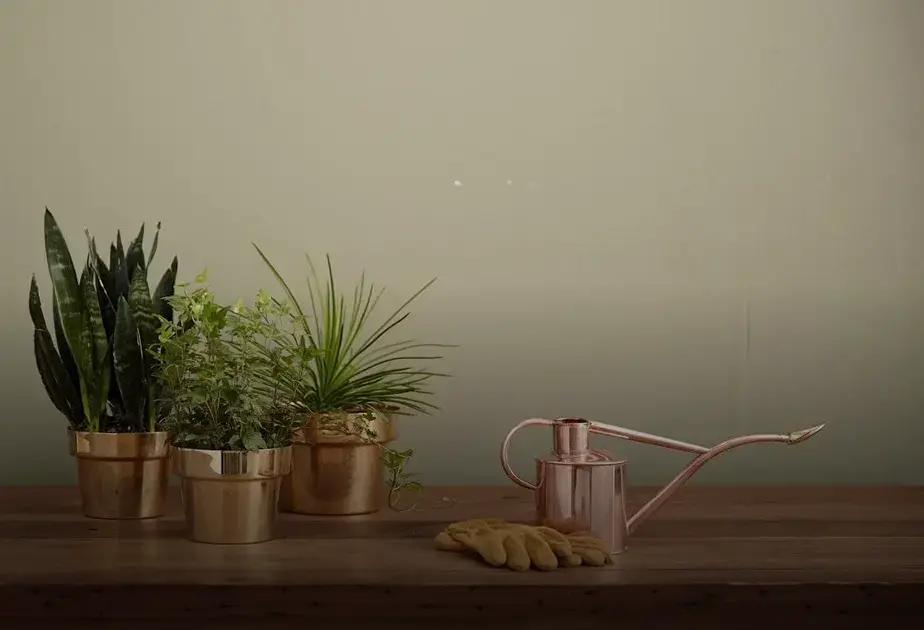
Mulching is a powerful technique in any low-maintenance flower garden. It not only enhances the aesthetic appeal but significantly reduces the time spent on weeding. The first thing to do is choose the right type of mulch, such as shredded bark, straw, or wood chips. These materials are highly effective at suppressing weed growth.
Spread a thick layer of mulch, approximately 2 to 3 inches deep, over your flowerbed. Make sure to leave a small gap around the stems of the plants to prevent them from rotting. This layer acts as a barrier for weed seeds, blocking sunlight and minimizing their growth potential.
Another benefit of mulching is its ability to conserve moisture in the soil, which means less frequent watering. The organic material breaks down over time, adding nutrients back into the soil and thus enriching it.
Consider using landscape fabric under the mulch for added weed control. This combination ensures that your flowers thrive with minimal intervention. By prioritizing mulching in your garden routine, you curb the relentless growth of weeds and nurture a healthier environment for your plants.
Simple Design Ideas for a Stunning Look
To achieve a stunning look that doesn’t require constant upkeep, consider incorporating simple design elements in your garden. Begin by selecting a cohesive color palette; this can create harmony and a visually pleasing landscape. Use contrasting textures with leaves and blooms to add depth and interest.
Incorporate perennials like lavender or hostas which provide year-round interest without the need for replanting annually. Strategically place garden decorations like rocks or statues to draw the eye and complement your plantings.
Opt for a
structured layout
that requires minimal adjustment over time. Arrange plants in layers: taller plants at the back, medium height in the middle, and shorter in the front. This design not only looks organized but also makes maintenance easier.
Consider using pathways made of natural stone or gravel. They are low-maintenance and add an elegant touch to the garden.
Finally, creating a focal point can enhance the overall aesthetic. It could be a striking plant, an art piece, or a water feature. Keep these elements straightforward yet effective to harmonize with a low-maintenance concept.

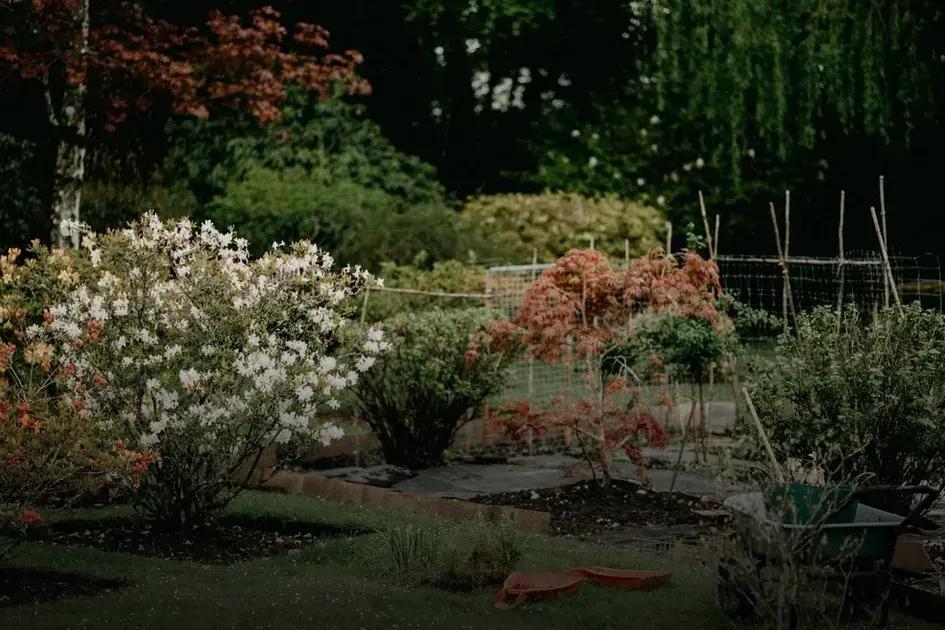
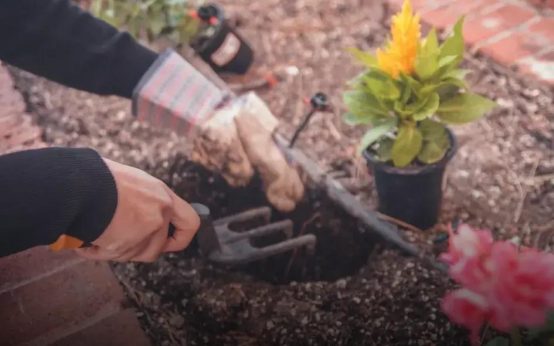 Tips for Growing Tomatoes That Actually Produce Fruit Easily
Tips for Growing Tomatoes That Actually Produce Fruit Easily 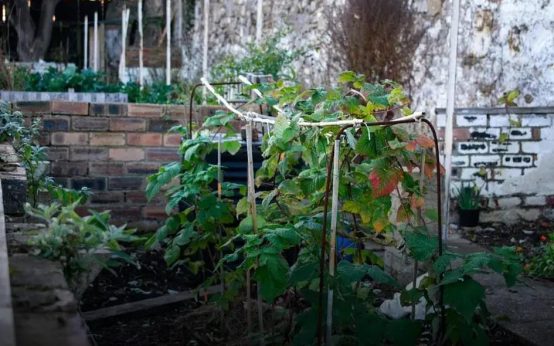 Companion Planting: Discover Plants That Thrive Together
Companion Planting: Discover Plants That Thrive Together 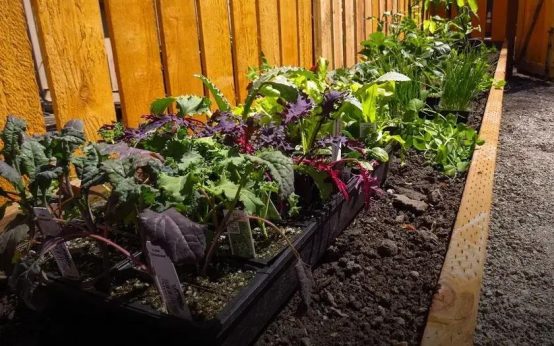 Starting a Vegetable Garden: Top Easy Crops to Begin
Starting a Vegetable Garden: Top Easy Crops to Begin